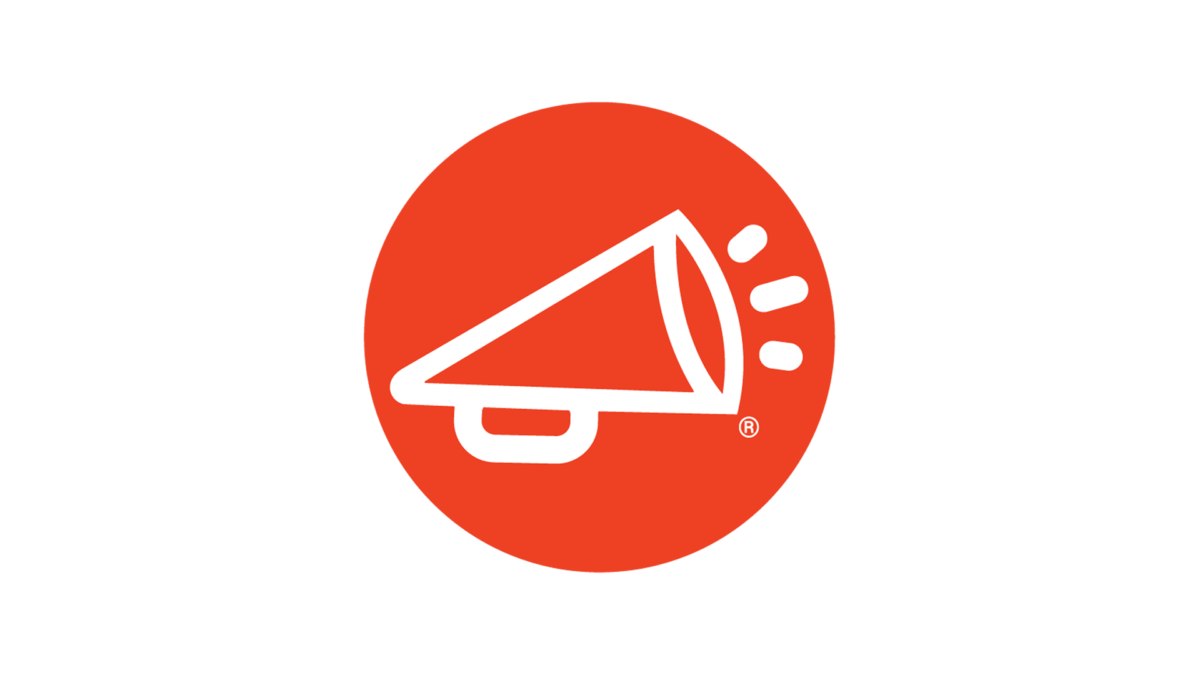Looking to enhance your company’s culture and ramp up employee recognition efforts? Launching an employee recognition program is the place to start.
Only strategically developed employee recognition programs can generate traction and achieve the desired outcomes. That’s why it’s crucial to create a clear program roadmap that outlines program leadership roles, responsibilities, and goals as a first step. With a structured plan of action, your organization is better poised to reap the many benefits of employee recognition — like happier employees, lower turnover, and better work output.


In this article, we’ll run through three key steps of the recognition program launch process. This includes:
Let’s go.
Table of Contents
How to Successfully Launch Employee Recognition Programs
Step 1: Decide who’s in charge of the employee recognition program
Step 2: Create a program framework
Step 3: Establish employee recognition program best practices
When designing your employee recognition program, the very first thing you need to do is form a cross-disciplinary team of leaders that can steer the program to success.
Many believe that corporate employee recognition programs are entirely managed by HR, but this is a faulty approach. In order to keep your program aligned with company goals and to successfully execute it across every department, you’ll need buy-in and participation from various team members. Your managers and employees play a valuable role in providing unique perspectives and championing your initiative.
Here are 5 teams that you’ll want to draw from when building your cross-disciplinary team:
From initial program strategizing to actual implementation and administrative duties, HR runs the ship — from conception to execution. Their main responsibilities include:
HR thoroughly understands the workforce’s unique makeup, organizational culture, and larger company goals — which puts them in a good position to map out an employee recognition program strategy.
This strategy touches upon specific goals and objectives, like lower turnover or higher employee satisfaction, and gives a practical framework for carrying out the program.
HR typically collaborates with company leadership during this step in order to perform a deep dive into the company’s mission, vision, and pain points.
Once goals have been established, HR oversees the development of the program’s framework. This framework hones in on program specifics — such as recognition criteria, types of rewards, forms of recognition, and other key components.
When building this framework, HR will want to consider employee preferences and workplace culture.
Once the program strategy is in place, HR is responsible for launching the program and overseeing logistics. This includes working alongside IT to set up the recognition platform, organizing reward distribution methods, and managing day-to-day operations.
Program maintenance is an ongoing process for HR. Human resources team members are tasked with monitoring the program’s progress, analyzing data, and continuously refining the program based on employee feedback and emerging trends.
To encourage effective participation, HR oversees the development of training sessions that educate employees on the program’s structure and benefits. They are also responsible for communicating with department managers to ensure everyone is aligned with the program’s goals and feels motivated to participate.


In addition to their key role in shaping program objectives alongside HR, company executives serve as a constant source of motivation for employees — encouraging them to actively engage with the program.
Company leadership sets the tone for the organization’s culture, and their involvement in the recognition program reinforces its significance. Employees look to company executives as figureheads who demonstrate organizational values and a commitment to workplace recognition.
Beneath CEOs and the executive board, managers play a significant role in nurturing the program’s success. As intermediaries between employees and the C-suite, managers have a unique ability to encourage program participation and champion company goals.
In addition, HR relies on managers to share program outcomes or concerns and refine existing practices as needed.
HR should work with Marketing to get the word out to employees to ensure a successful program launch. Marketing oversees internal email communications, social media campaigns, in-house kickoff events, and other initiatives that drive awareness and foster excitement.
Successfully integrating and configuring your employee recognition software requires the expertise of your IT team. IT professionals help ensure the smooth functioning of the HR ecosystem and assist with software customizations.
They help to integrate the software into existing infrastructure and help employees get set up with access to the software from desktop and mobile devices. IT also plays a key role in training employees to use the software’s features.
Giving rewards costs money, of course — which means you’ll need your finance and accounting teams to create a realistic budget. Finance and accounting employees are also tasked with projecting and measuring program return on investment and staying on top of any tax considerations related to corporate gift-giving.


As was briefly touched upon under HR’s responsibilities, one of the most significant aspects of launching a recognition program is developing a complete program framework. Included in this written framework are:
The specific guidelines you formulate for your program will depend upon your company’s unique circumstances, such as its budget, workforce, values, and culture. The good news is you don’t have to create this framework alone.
Many leading rewards and recognition software vendors like WorkProud work closely with companies to develop personalized recognition programs that cater to specific company needs.
Employee recognition programs have the potential to significantly increase employee engagement, boost productivity, and reduce turnover. However, these benefits can only occur if the recognition program is managed and adhered to effectively.
If parameters for program success aren’t established and closely followed, then program participation will be lackluster and misaligned with business objectives. The following are several research-backed characteristics of successful recognition programs:
Recognition that’s given promptly after the desired behavior or action occurs helps to ensure that the employee understands the significance of their achievement. A study by Southern Methodist University found that waiting more than a week to recognize an employee on a project is too long.
Many organizations make the mistake of limiting employee recognition to quarterly or even annual reviews. Yet, giving frequent feedback is much more beneficial for companies. In fact, frequent recognition has been found to foster stronger loyalty to employers.
So, what’s a good frequency for recognition? Based on extensive research, Gallup recommends giving employee feedback every seven days. Keep in mind that recognition should ideally alternate between verbal and written communication methods.
For your employee recognition program to reinforce desired behaviors and outcomes, it must align with company values and objectives. Your employees should be aware of recognition criteria (i.e., the types of behaviors that warrant rewards) and understand how these behaviors link to a greater company mission and purpose.
If your program only recognizes high-performers and managers, it will end up being demotivating and harbor resentment rather than foster success. Be sure to encourage employees to recognize various skills and achievements at every professional level. To help promote diverse recognition, your program should support both peer-to-peer and manager-employee recognition.
Providing a range of reward options — such as gift cards, health and wellness support, event tickets, and merchandise — allows employees to select rewards that are most meaningful to them. This, in turn, increases employee motivation, engagement, and overall job satisfaction.


More and more companies today are focused on shaping their company culture in a way that fosters company pride and nurtures talent. As companies strive to improve employee satisfaction, many are shifting their efforts to prioritize employee praise and recognition over compensation.
While compensation has its role, numerous studies have found that praise is what catapults employee satisfaction to greater heights. It’s in this environment that employee recognition programs have found great success.
Creating and launching a successful employee recognition program takes a great deal of time and effort, as you’ve seen in this article. However, with the help of a trusted employee recognition software partner, you can more easily develop a customized program that actually moves the needle.
WorkProud’s industry-leading employee recognition software empowers businesses to provide fast, frequent, and meaningful recognition that caters to company preferences. To learn more, contact us today!
Workplace Pride: An Underutilized Tool to Boost HR’s Strategic Position
The Value Of A Strategic Recognition Program [The Most Recent Data]
WorkProud is committed to helping its clients create a unified approach to the employee experience by helping them build cultures of workplace pride. Trusted by millions of users at some of the world’s most recognized employer brands, WorkProud delivers a comprehensive approach to building company cultures that inspire people to be Proud of their Work and Proud of their Company.




Every month, we share news, knowledge, and insight into what we believe is a pretty simple proposition: If you are “proud of your work and proud of your company,” you are more engaged, more productive, and more likely to stay with your company for the long haul.
*By selecting “SIGN UP,” you agree to WorkProud’s Privacy Policy. You may unsubscribe from our newsletter at any time. Please note when unsubscribing: it may take up to 10 business days for your request to take effect.